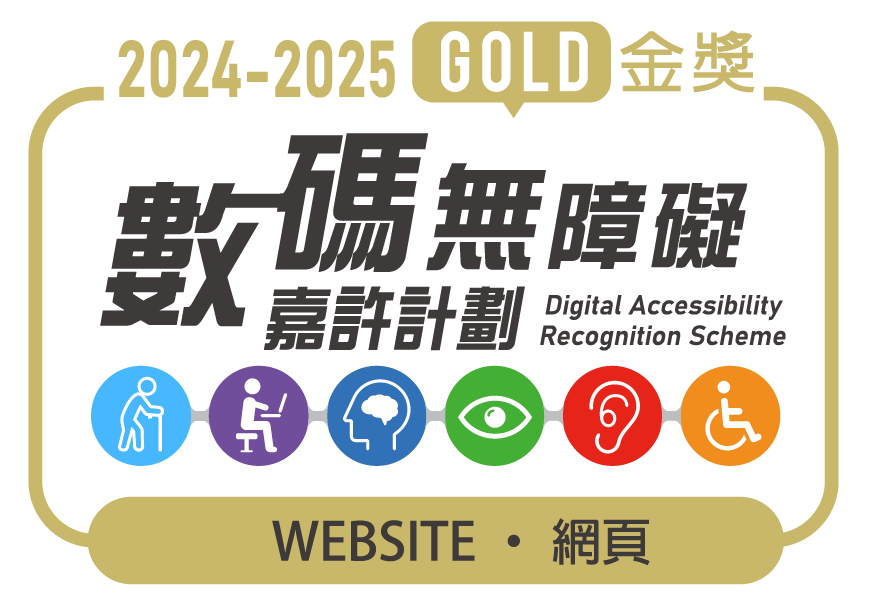Type I: Physical and Sensory Disabilities
Type I: Physical and Sensory Disabilities
Common types include:
- Visual Impairment(VI)
- Hearing Impairment (HI)
- Physical Impairment (PI)
Click on the icons to understand more about features of each type of disability, useful support and some tips for communication.
Visual Impairment 
Visual Impairment (VI) is a functional loss of vision that cannot be corrected by optical lenses, medication and/or operation. The level of vision loss can be classified into total blindness (no perception of light) and low vision (severe to moderate and mild) in relation to visual acuity, visual field, and other factors. In addition, color-blindness is another common form of VI. Students may suffer from partial or total color blindness. Generally, students with VI may use specialized glasses, assistive technology, canes, and/or guide dogs.
Hearing Impairment 
Hearing impairment (HI), deaf or hard of hearing refers to reduced abilities in perceiving sounds. The impairment can affect only one ear or both. The degree of hearing loss can be classified into five levels: mild, moderate, moderately-severe, severe and profound.
The use of hearing aids, cochlear implants, Frequency Modulated (FM) systems, lip reading and/ or sign language interpretation may be needed for speech perception.
Physical Impairment 
Physical Impairment (PI) refers to bodily impairment that is caused by permanent or intermittent physical conditions at muscles, bones, or nervous system, leading to restriction in one or more aspects in daily activities such as motor coordination, speech, handwriting, and mobility. Different types of PI can be developed before birth, at a later stage of life due to genetic problems, or acquired through accidents, infections, or diseases. Students may also require wheelchair or crutches for ambulation.



